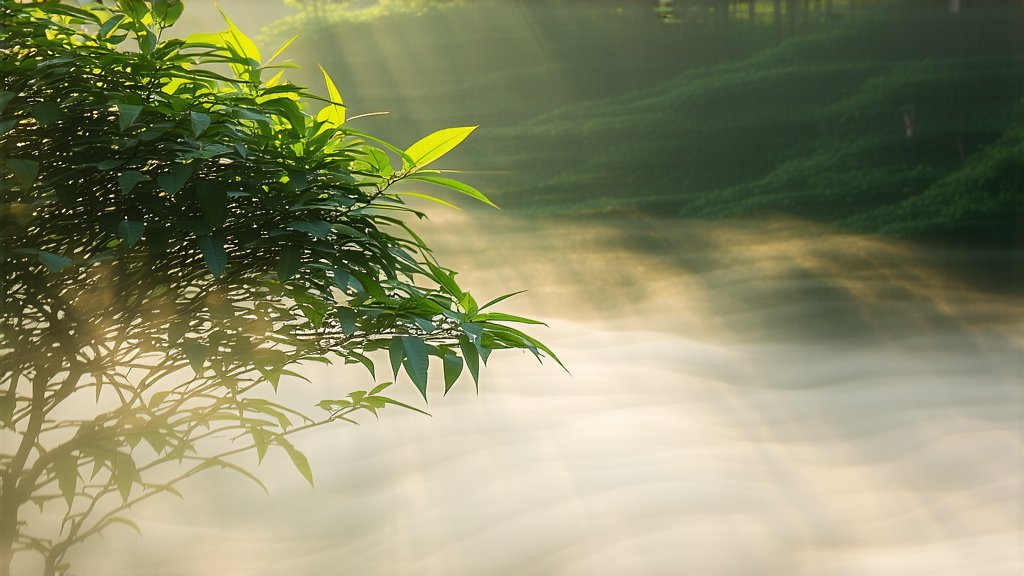
Huangcha, often referred to as the "golden secret" among Chinese teas, represents a unique category that stands apart due to its distinctive processing method and flavor profile. Unlike the more widely known green, black, white, or oolong teas, huangcha undergoes a specific post-harvest process called "meng shan," which involves wrapping the freshly picked leaves in paper or cloth and allowing them to partially ferment before drying. This meticulous procedure gives huangcha its characteristic yellowish color and a rich, mellow taste that appeals to discerning palates worldwide. Among the myriad varieties within this category, Junshan Yinzhen holds a special place, both for its historical significance and exceptional quality.
Historical Background
Junshan Yinzhen, literally translating to "Jun Mountain Silver Needle," hails from Junshan Island in Hunan Province, China. Its origins date back over 1,200 years to the Tang Dynasty when it was first cultivated by monks who recognized the island's ideal microclimate for tea cultivation. Over centuries, Junshan Yinzhen has evolved not only as a beverage but also as a symbol of cultural heritage and craftsmanship, earning numerous accolades and becoming a cherished gift among tea connoisseurs and royalty alike.
Varieties and Characteristics
Junshan Yinzhen is renowned for its pristine appearance; the tea consists solely of young, tender buds without any accompanying leaves. These buds are covered in fine silver hairs, resembling silver needles – hence the name. The tea's flavor profile is characterized by a sweet, fruity aroma with hints of honey and a smooth, creamy texture. It lacks the astringency typical of other teas, making it particularly gentle on the stomach and suitable for those new to tea drinking.
The Art of Processing
The production of Junshan Yinzhen is an art form that requires precision and patience. Harvesting occurs in early spring when only the topmost buds are plucked, ensuring optimal freshness and nutritional value. The freshly picked buds are then spread out thinly on bamboo mats under the shade to prevent direct sunlight exposure, which can lead to oxidation. Following this initial stage, the buds undergo the meng shan process where they are wrapped in linen cloth and stored in a cool, humid environment for approximately 48 hours. During this period, controlled fermentation occurs, transforming the chemical composition of the leaves and imparting the distinctive yellow hue. Afterward, the tea is carefully unwrapped, gently shaken to remove excess moisture, and finally baked at low temperatures to achieve the perfect balance of aroma, flavor, and dryness.
Appreciating Junshan Yinzhen
To truly appreciate Junshan Yinzhen, one must adopt a mindful approach to brewing and tasting. Begin by selecting a transparent glass teapot to observe the delicate buds unfurling gracefully during steeping. Use water heated to around 80°C (176°F) to avoid scalding the tender leaves. A ratio of 3 grams of tea per 150 milliliters of water is recommended. Allow the tea to steep for about 2-3 minutes for the initial infusion, savor the subtle changes in flavor with each subsequent brewing, adjusting the steeping time accordingly. As you sip, pay attention to the tea's evolving flavors—from a light floral note to a deeper, more complex sweetness—and let the experience transport you to the misty hills of Junshan Island.
In conclusion, Junshan Yinzhen embodies the essence of Chinese tea culture—a harmony between nature, tradition, and human ingenuity. Each cup tells a story of centuries-old practices passed down through generations, offering not just a drink but a journey into the heart of China's rich tea heritage. For those seeking a refined tea experience that combines history, health benefits, and exquisite taste, Junshan Yinzhen stands as a testament to the artistry and dedication inherent in every leaf.
Keywords: Huangcha, Junshan Yinzhen, Historical Significance, Tea Processing Techniques